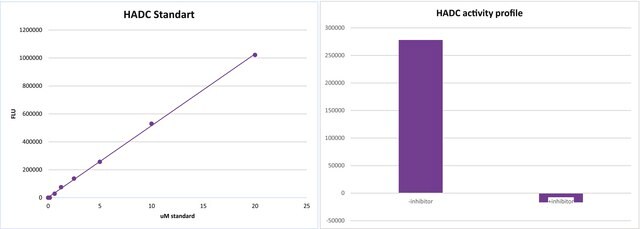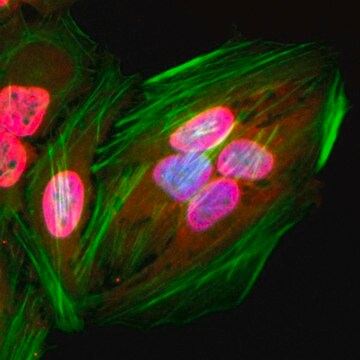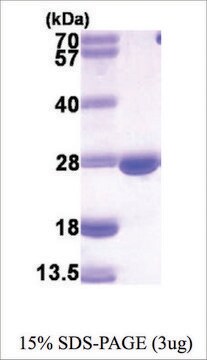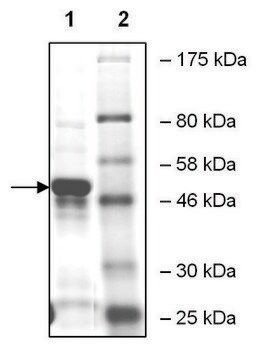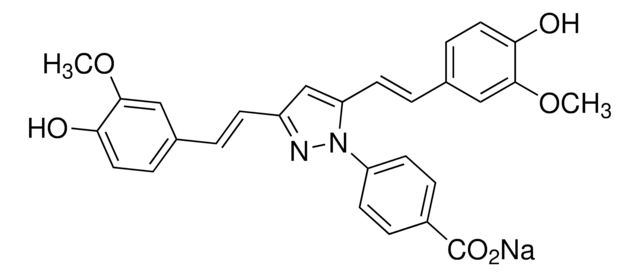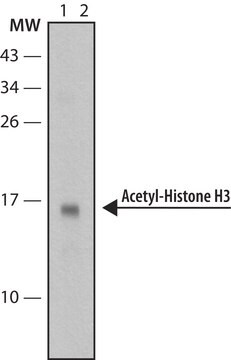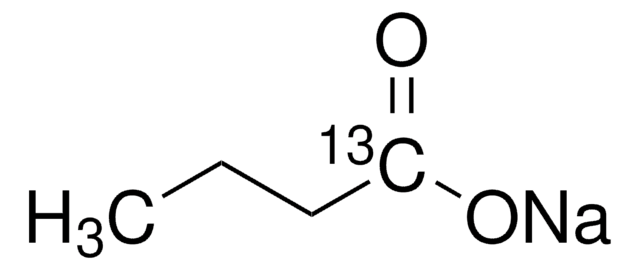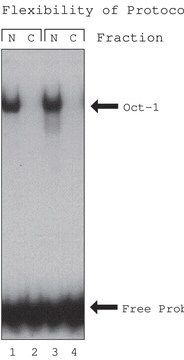EPI001
Histone Acetyltransferase (HAT) Activity Assay Kit
100 assays in 96 well plates
Synonym(s):
HAT Activity, Histone Acetyltransferase Activity
Sign Into View Organizational & Contract Pricing
All Photos(1)
About This Item
Recommended Products
usage
100 assays in 96 well plates
shipped in
wet ice
storage temp.
−20°C
General description
Histone acetyltransferases (HATs) have critical roles in cellular functions and are involved in the regulation of gene transcription, differentiation, and proliferation. The HAT Activity Colorimetric Assay Kit offers a convenient, non-radioactive system for a rapid and sensitive detection of HAT activity in mammalian samples. The kit includes an active Nuclear Extract (NE) to be used as a positive control, HAT cofactor, acetyl-CoA, and all downstream cofactors and substrates. Acetylation of a peptide substrate by active HAT releases the free form of CoA, which then serves as an essential coenzyme for producing NADH. NADH can easily be detected spectrophotometrically upon reacting with a soluble tetrazolium dye. The detection can be continuous, and therefore, is suitable for kinetic studies. The kit provides all reagents and a simple, straightforward protocol for a complete assay.
Features and Benefits
- Sensitive and reliable assay
- Utilizes colorimetric methods
- Sample type: cell and tissue lysates
- Species reactivity: mammalian
- Suitable for individual tests or high throughput assays and kinetic studies
- Easy and simple procedure: combine nuclear extract or protein sample with reagents, incubate, and read absorbance
- Convenient 96-well microplate format
- Continuously measures HAT activity; suitable for kinetic studies
- No HDAC interference; crude nuclear extract can be used directly
Storage Class
12 - Non Combustible Liquids
Choose from one of the most recent versions:
Certificates of Analysis (COA)
Lot/Batch Number
Don't see the Right Version?
If you require a particular version, you can look up a specific certificate by the Lot or Batch number.
Already Own This Product?
Find documentation for the products that you have recently purchased in the Document Library.
Customers Also Viewed
Jian Zhong et al.
Cancer research, 74(6), 1870-1880 (2014-02-01)
Overexpression of the histone acetyltransferase p300 is implicated in the proliferation and progression of prostate cancer, but evidence of a causal role is lacking. In this study, we provide genetic evidence that this generic transcriptional coactivator functions as a positive
Atsuhito Nakao
Nihon rinsho. Japanese journal of clinical medicine, 71(12), 2153-2157 (2014-01-21)
IgE-mediated immediate-type allergic reactions in the skin show a diurnal rhythm, although the regulatory mechanisms are poorly understood. In mammals, the circadian rhythms are driven by the circadian clock system consisting of the light-entrained central clock located in the suprachiasmatic
Shigeki Shimba
Nihon rinsho. Japanese journal of clinical medicine, 71(12), 2119-2123 (2014-01-21)
Several epidemiological studies have suggested that the perturbation of circadian rhythm has adverse metabolic consequences (e.g., dyslipidemia) in humans. At the molecular level, circadian rhythms are encoded by an autoregulatory loop composed of a set of transcription activators (BMAL1/CLOCK) that
Sydney P Thomas et al.
eLife, 10 (2021-10-23)
Short-chain fatty acids (SCFAs) acetate, propionate, and butyrate are produced in large quantities by the gut microbiome and contribute to a wide array of physiological processes. While the underlying mechanisms are largely unknown, many effects of SCFAs have been traced
Hiroshi Watanabe et al.
Nihon rinsho. Japanese journal of clinical medicine, 71(12), 2091-2096 (2014-01-21)
Aging alters a broad spectrum of physiological, endocrine, and behavioral rhythms, and the close relationship between age-associated disease and disrupted circadian rhythms has been shown. Circadian rhythms are regulated by a set of clock genes and mutations in clock genes
Our team of scientists has experience in all areas of research including Life Science, Material Science, Chemical Synthesis, Chromatography, Analytical and many others.
Contact Technical Service